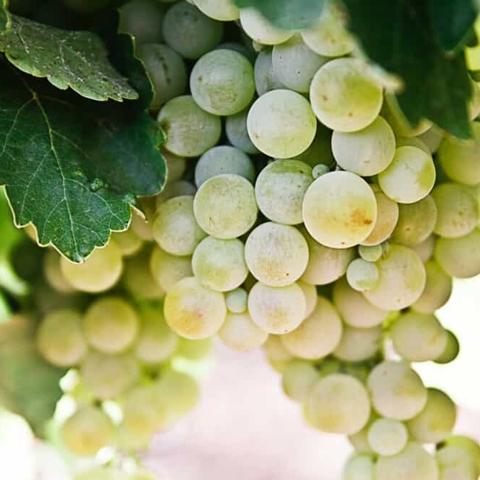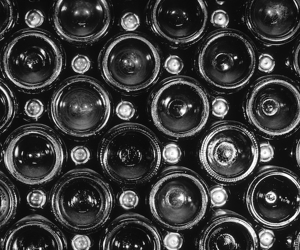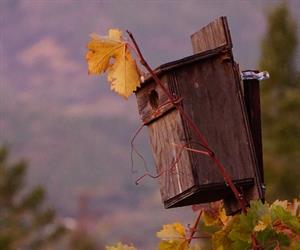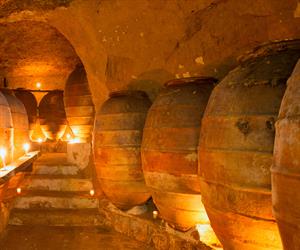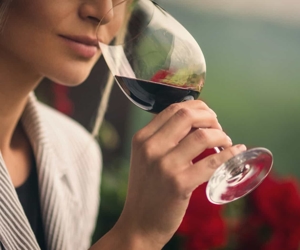New wine drinkers might find vintages complicated, but the definition of vintage is relatively simple: a wine's vintage is the year the grapes were picked. Wines with a declared vintage can include any variety where a single year's harvest defines the wine's flavor. That's why fortified wines and sparkling wines, for instance, don't have a declared vintage: those wines are usually created from a blend.
However, like our new Moon Mountain District Cabernet Sauvignon, Hawk's Prey, Chardonnay, or Voir Dire, vintage wines will be produced from a single year's harvest. Our 2018 Hawk's Prey (released this year) tells you that it was produced from our 2018 harvest.
So what separates a premium vintage from any other? Simply put, the weather does.
The ideal growing conditions for wine are somewhat rare, requiring a specific micro-climate to yield a particular variety's very best grapes. Syrah grapes, for instance, requires dry and sunny weather to produce ripe sugars in the fruit. In contrast, Sauvignon Blanc grapes do well in a cool, slightly damp climate. As a result, a particularly hot or dry growing season can affect the grapes' quality, which influences the quality of the vintage.
Exceptional weather conditions are the key to a premium, high-quality vintage. For instance, 1998 brought a long, warm summer to Australia, which led to exceptional grapes. As a result, 1998 Australian vintages, from Merlots to Syrah, have been sought by collectors and connoisseurs for years.
The Five Criteria for a Great Vintage
Denis Dubourdieu, University of Bordeaux professor of oenology, had several criteria for measuring a vintage:
- Early and rapid flowering of the vine
- Enough hydric stress to limit fruit growth
- Early end to vine growth so the root's nutrients go directly to the grapes
- Complete ripening of the grapes' sugar content
- Weather that allows for full maturity of the grapes
Hydric stress is a biological term for when a plant uses more water than it absorbs, which ensures that the plant's nutrients go to its fruit rather than its leaves. In other words, not too much water (but not too little either). Part of what made 1998 so exceptional was that the year's weather bordered on drought but gave the grapes just enough rainfall for the fruit to receive the full goodness of the roots.
Buying Wines from a Good Year
It should be said that a winemaker's skill can be demonstrated in creating good wine from less-than-ideal conditions. Some people say great winemakers can still make great wine from poor grapes. But when a skilled winemaker uses grapes from a phenomenal harvest, you end up with wines that come along once a decade.
When you know the weather in a given year and region was excellent, you should buy wines from that vintage—simple as that. For instance, 2018 was a great year for Napa and Sonoma Counties, with a mild summer followed by a sunny, moderately warm start to fall. As a result, grapes ripened and developed phenol compounds that created amazing wines like our 2018 Hawk's Prey, 2018 Moon Mountain District Cabernet Sauvignon, and more. Collectors already consider 2018 a great vintage, and we couldn't agree more.

